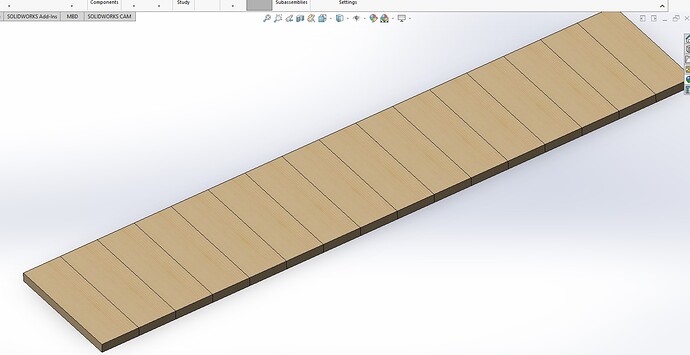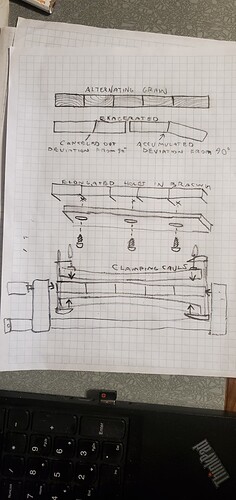This will depend upon your inclination. The short answer is probably Titebond Liquid Hide Glue, which has been favorably reviewed by many users in magazines, videos, etc.and you could stop reading now!
The longer answer (if you’re still reading) is that I like “old school” things (but that might not be your preference). You can do things as they’d be done at Old Cowtown and other museums and in traditional woodworking and musical instrument shops, or you can use modern packaging of the old stuff.
Traditional hide glue from crystals requires a glue pot and a heat source and a brush. The heat source historically has been an oil, spirit or alcohol burner that warms a vessel of water and a smaller pot within, but a modern electric coffee-mug heater (about $10 or so) such as you might use at your desk would be sufficient (we probably don’t want fires in our Excellent Make Space). The glue pot is usually smaller than you’d expect, holding about a shot’s glass volume or less of hide. I have a newer stainless steel pot and an electric warmer. I also have an antique pot. The glue traditionally is sold in “crystals” in a bag (think of the blue stuff in “Breaking Bad” to illustrate). You re-hydrate the crystals overnight in distilled water to get a protein-based glue about the consistency of maple syrup. You need additional equipment (including a brush) for this. And depending upon the quality of the maker, it can have an odor.
Well, that’s the TRADITIONAL way of doing it, if you’re inclined. Some folks still do this (or at least use the hide crystals) daily.
Unless you plan to use hide glue frequently, you may want to forego all this equipment/cost and use a read-to-use liquid hide in a bottle. This is similar to the way you probably already use polyvinyl acetate glue such as the common Titebond glue you buy in hardware and DIY stores. You may be able to source Titebond’s liquid hide glue, or search Amazon or another vendor for " Titebond Liquid Hide Glue, 8-Ounces #5013" or similar (I suggest the smaller size for smaller projects). Some professionals use PVA, some use crystal hide glue, some use liquid and some use combos.
The advantage of either type of hide glue is that unlike in a PVA joint, which is stronger than the wood, if you goof (and I goof all the time), you can use a little heat and un-goof your work without destroying any part it. But unlike PVA joints, the hide glue joints last only about 50-100 years, when another Excellent Maker will be able to easily restore the joint.
Whatever you choose, please post pictures of your Excellent Woodwork!

